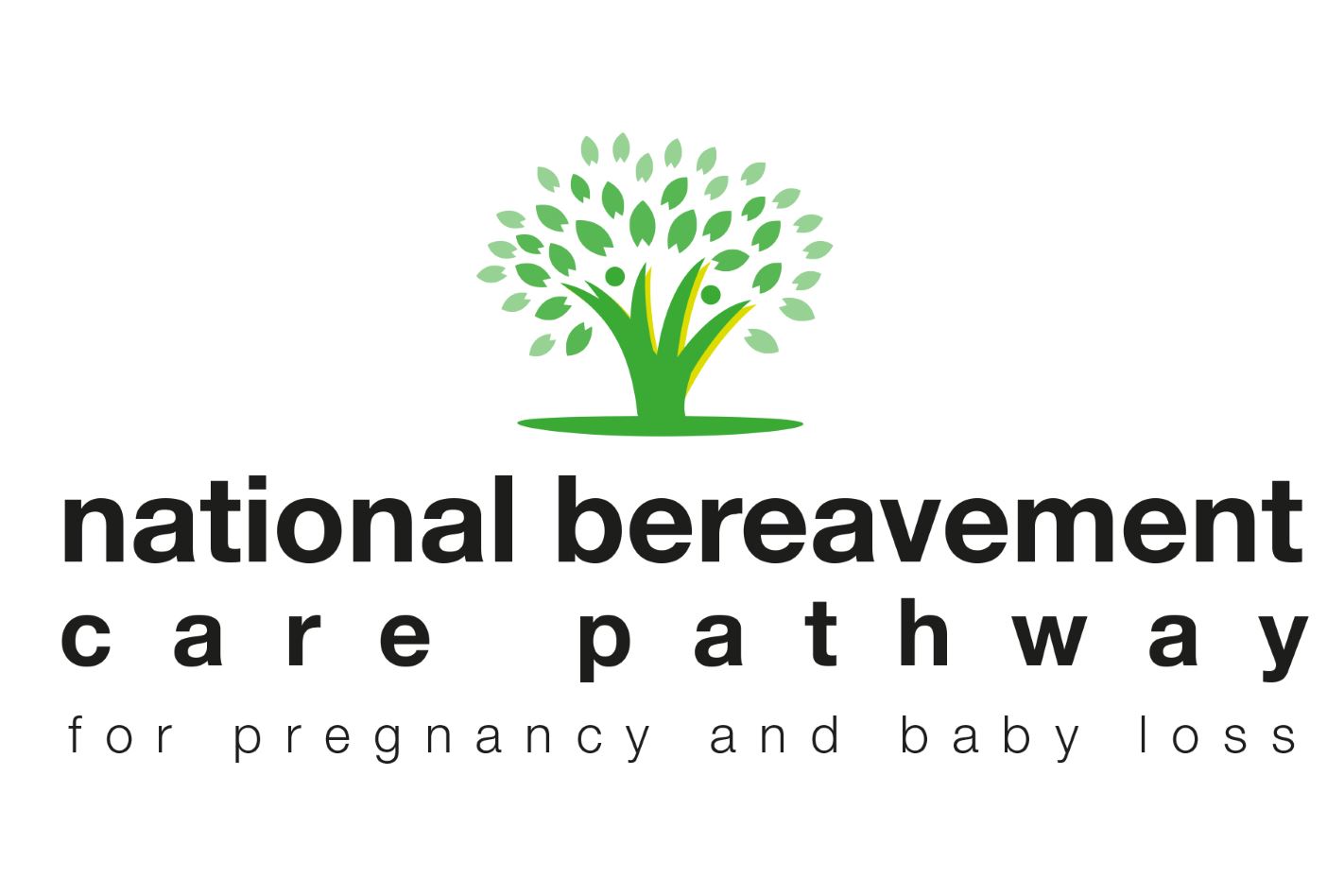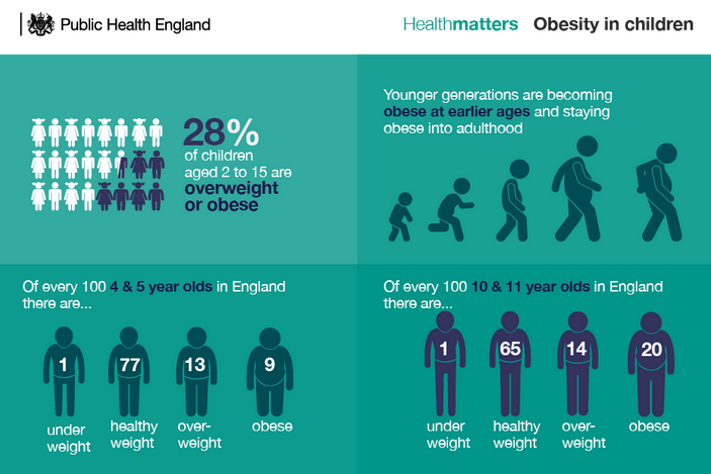
The Institute is pleased to be one of the key partners in the project group working to deliver a National Bereavement Care Pathway (NBCP) for England, with the support of Department of Health and All Party Parliamentary Group (APPG) for Baby Loss.
This invaluable project, led by SANDS, includes partners from professional bodies, charities, parents and families with the aim of ensuring that all bereaved parents are offered equal, high quality, individualised, safe and sensitive care following pregnancy and baby loss (up to 1 year of age).
Pilot sites for the roll-out of the pathway and guidance materials were launched on 9 October (to coincide with Baby Loss Awareness Week) and will be independently evaluated, with the second wave of the pilot planned for April 2018.
We are really keen to support the project group with identification of community health providers (which employ health visitors) that are willing to be included in the second pilot phase – to ensure that the pathway offers clear, consistent guidance to health visitors to enable them to work confidently alongside parents, providing compassionate and parent-centred care to those affected through use of the pathway.
If you would like to know more about becoming a pilot site please contact Project Lead Marc Harder ([email protected]).
Look out for further news about the NBCP or tweets with hashtag #nbcp.







